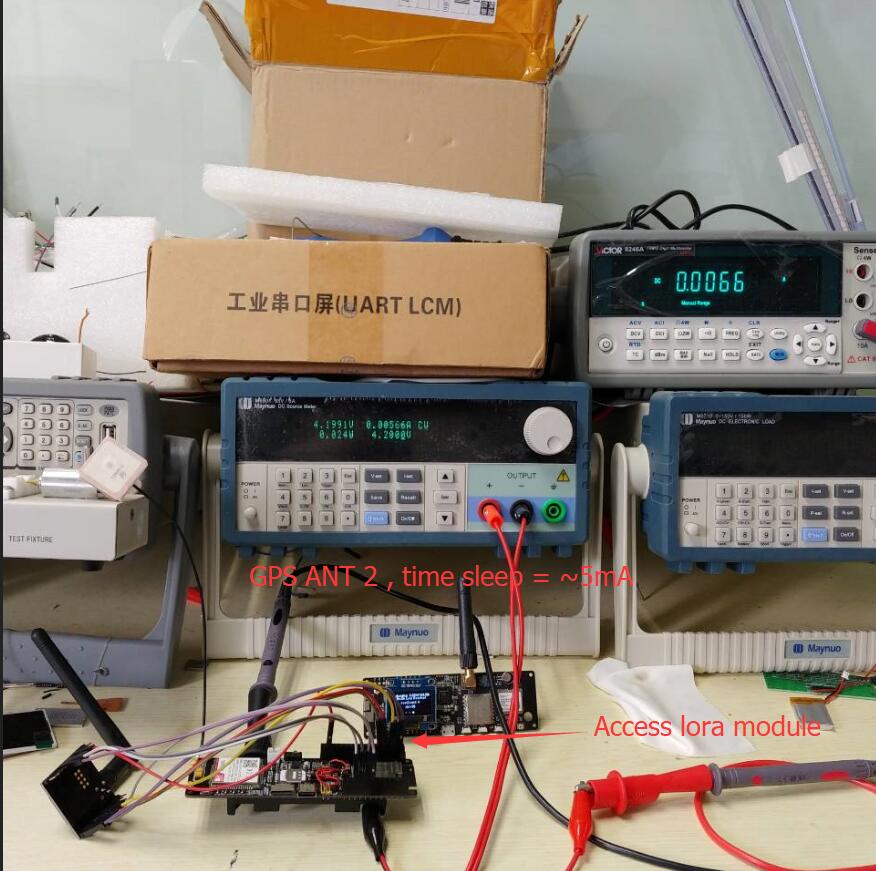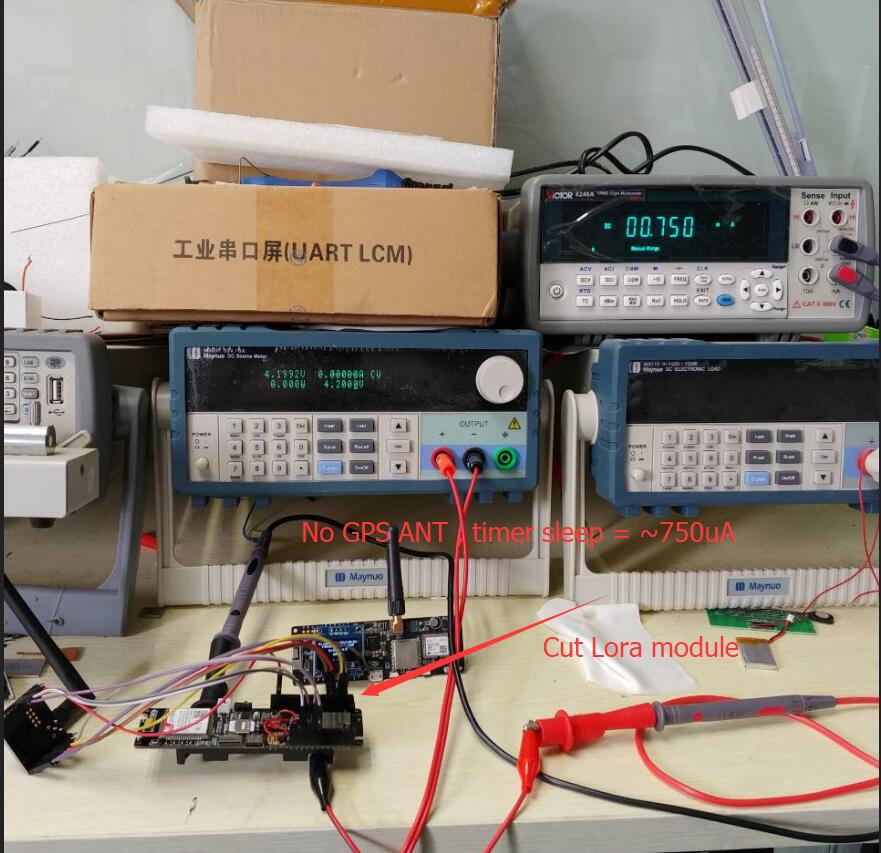Thanks for the update. I believe several things should be reconsidered. The DIO6809S will hold the processor in RESET mode when it detects low supply voltage, however it is quite possible the current the ESP32 draws in reset is higher than when it is in deep sleep. And while in forced reset, the ESP32 cannot report its condition. Therefore I do not believe the DIO6809S is advantageous to the project. Also I do not believe adding the P-FET control will impact battery usage in any significant way. The two 100K/100K voltage dividers draw a only total of about 40uA. And the P-FET control as depicted in the link has drawbacks having to do with the capacitor in the circuit. And finally the ESP32 ADC are known to be inaccurate. A means to self calibrate them is to add (another) 100K/100K voltage divider between VCC3V3 and ground then feed the mid point to an ADC input. By first measuring it (3.3v / 2) the ADC value can then be used to adjust the other two ADC readings and report accurate values.

 There is a problem returned by the solar battery data server, you can see all the data accurately
There is a problem returned by the solar battery data server, you can see all the data accurately
 These are real-time data
These are real-time data
 @nikil511 @ROSW6341 @kapitan-u
@nikil511 @ROSW6341 @kapitan-u 




I tested on the hardware of T-SIM 20191211 version and got the following results
All tests use a timer to wake up from sleep.
Use GPS antenna (No. 1), connect to LORA module, sleep current is about 5.6mA (the unit of ammeter in the upper right corner is A)
No GPS antenna, no LORA module, sleep current is about 750uA (the ammeter unit in the upper right corner is uA)
No GPS antenna is used, there is a LORA module, and the sleep current is about 2mA (the unit of the ammeter in the upper right corner is A)
Based on this, provide feedback to the LilyGo team as a reference for the next revision